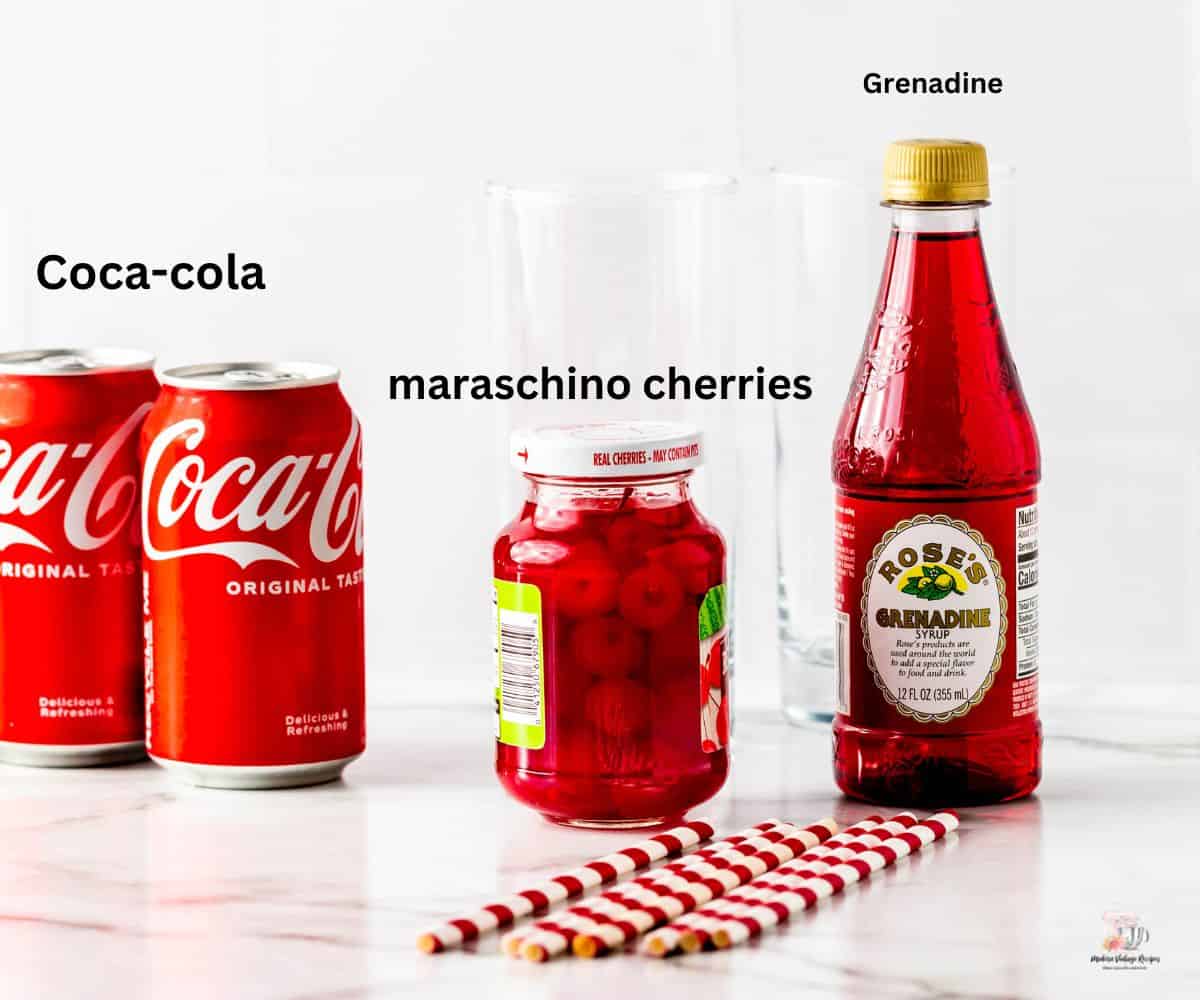## Unveiling the Secret: A Deep Dive into the 1886 Coca-Cola Recipe's Exotic Ingredients
- Joyful Juices
- 2024-04-09 05:23:07
- 54
In the late 19th century, a concoction that would become one of the world's most guarded secrets was born. The original 1886 Coca-Cola recipe, a blend of mystery, intrigue, and flavor, has fascinated historians, food enthusiasts, and the general public alike. This article takes you on a journey through time, exploring the exotic and unique ingredients that made Coca-Cola a global phenomenon. From the iconic coca leaf to the lesser-known kola nut, each component is a testament to the beverage's rich history and its impact on culture and taste. Join us as we unravel the stories behind the ingredients that have kept the world guessing for over a century.
## The Coca Leaf: Coca-Cola's Nerve Tonic Origin
The coca leaf, primarily known for its psychoactive properties, played a pivotal role in the original formula. This ingredient, derived from the Andes Mountains, was initially sought for its medicinal benefits, providing relief and vigor to those who consumed it. We delve into how this controversial component shaped the early days of Coca-Cola and how it transitioned from a nerve tonic to a beloved beverage.
## The Kola Nut: A Bitter Boost of Caffeine
Equally important in the Coca-Cola concoction is the kola nut, a bitter fruit that is native to the tropical rainforests of Africa. Known for its caffeine content, the kola nut not only added a distinctive flavor but also contributed to the drink's stimulating effects. Explore how this African fruit became a key ingredient in creating Coca-Cola's signature taste.

## The Secret Spice Blend: Flavors from Around the World
Perhaps the most mysterious aspect of the original recipe is the secret blend of spices. This mixture, referred to as "Merchandise No. 5," included ingredients like vanilla, cinnamon, and nutmeg, along with several others that remain undisclosed. This section investigates the global journey of these spices and their contribution to the unique flavor profile of Coca-Cola.
## Sugar: The Sweetener That Ties It All Together
Sugar, while seemingly mundane, played a critical role in balancing the flavors of the other ingredients. This segment explores the history of sugar in the beverage industry and its impact on the taste and texture of Coca-Cola, making it the irresistible drink we know today.

## The Impact of Prohibition on Coca-Cola's Recipe
The Prohibition era in the United States led to significant changes in the Coca-Cola formula. With alcohol off the table, the demand for soft drinks soared, prompting Coca-Cola to adjust its recipe to suit changing consumer tastes. This part examines how Prohibition influenced the beverage's ingredients and popularity.
## From Medicine to Global Beverage: The Evolution of Coca-Cola
Originally marketed as a medicinal elixir, Coca-Cola quickly transformed into a beverage enjoyed by millions around the globe. This transformation was not just a change in marketing, but also a testament to the drink's unique appeal. This section looks at how Coca-Cola evolved over the years, adapting to cultural shifts and expanding its global reach.

## Conclusion: The Legacy of Coca-Cola's 1886 Recipe
The original 1886 Coca-Cola recipe is more than just a list of ingredients; it's a piece of history that reflects the cultural, economic, and social changes of the times. As we uncover the stories behind each component, we gain insight into the innovative spirit that gave birth to one of the most iconic beverages in the world. The mystery and allure of Coca-Cola's original recipe continue to captivate the imagination, reminding us of the power of flavor and tradition in shaping our global culture.
Previous:10 Irresistibly Delicious Appetizer Recipes to Elevate Your Culinary Game
Next:Indulge in Delight: Discover the Ultimate Two Dozen Sugar Cookie Recipe for Every Occasion
Comment